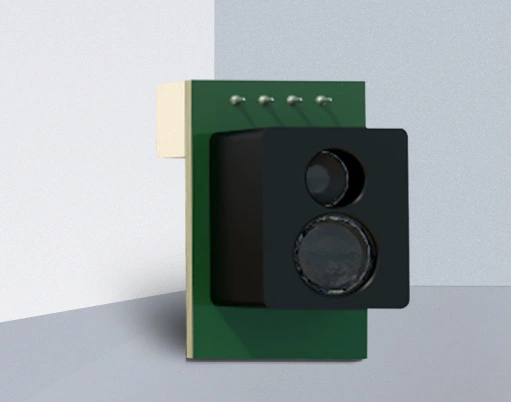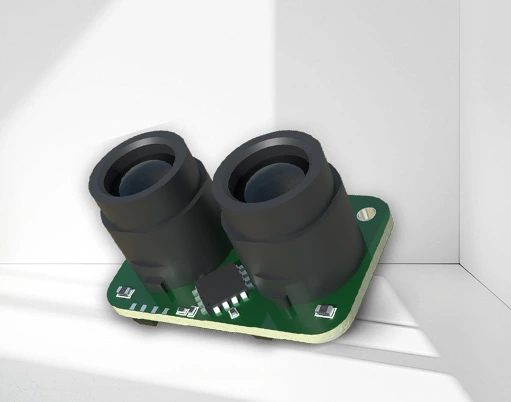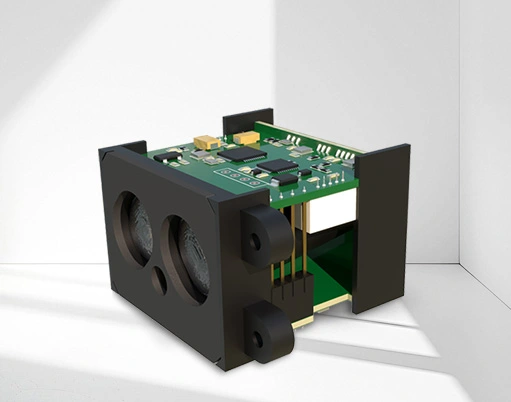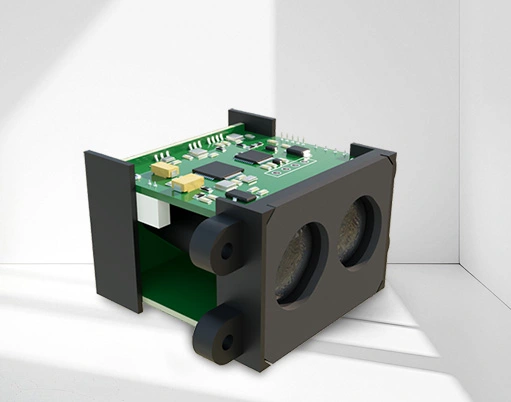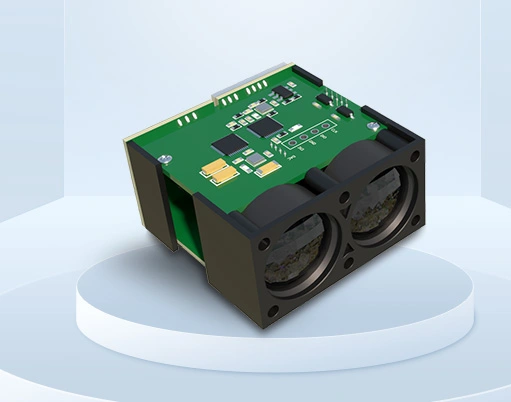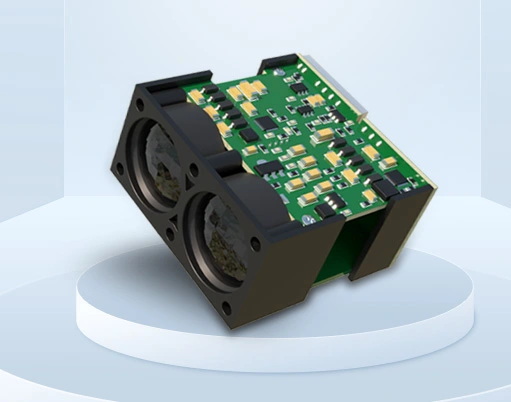
In the industrial field, sensors are the key to achieving production automation and intelligence. They penetrate into every aspect of production, providing strong guarantees for the efficient, safe, and stable operation of industrial production.
Production process monitoring and control: Temperature sensors are installed in various reaction vessels, furnaces, and other equipment on industrial production lines to monitor the temperature inside the equipment in real time. Once the temperature exceeds the set range, the sensor will promptly send a signal, and the control system will automatically adjust the heating or cooling device upon receiving the signal to ensure that the production process is carried out at the appropriate temperature. For example, in the process of steel smelting, temperature sensors monitor the temperature of molten steel in real time to ensure the quality of molten steel.
Pressure sensors play an important role in chemical production and are installed in pipelines, reaction vessels, and other places to monitor internal pressure changes. When the pressure is too high or too low, the sensor can quickly provide feedback information, and the control system will adjust the opening and closing degree of the valve in a timely manner to maintain stable pressure and avoid safety accidents caused by abnormal pressure.
Equipment status monitoring and fault warning: Vibration sensors are installed on large equipment such as motors, pumps, and machine tools to continuously monitor the vibration status of the equipment. When the equipment is running normally, there is a certain pattern of vibration. When the equipment malfunctions, such as bearing wear, loose parts, etc., the vibration parameters will change. After capturing these abnormal changes, vibration sensors can provide early warning of equipment failures through data analysis, facilitating timely maintenance by maintenance personnel and avoiding production losses caused by sudden equipment shutdowns.
Product quality inspection: Visual sensors are widely used in industrial product quality inspection. On the automotive production line, visual sensors can inspect the appearance of automotive components and identify defects such as scratches, dents, and deformations on the surface of the parts; In the electronics industry, it can inspect the components on the circuit board, determine whether the components are soldered correctly and whether there are any solder leaks, greatly improving the efficiency and accuracy of product quality inspection.
Color sensors also have important applications in product quality testing. In the packaging industry, it can detect whether the color printed on the packaging meets the standards and ensure the color consistency of the packaging; In plastic processing, it is possible to identify whether the color of plastic products is uniform, promptly detect color deviations caused by uneven mixing of raw materials, and ensure product quality. In these application scenarios, color sensors, with their high-precision detection capabilities, can accurately control the color quality of products and reduce the outflow of unqualified products.
Automated production and robot applications: In industrial automation production lines, displacement sensors are used to accurately control the movement position of robotic arms, ensuring that the robotic arms can accurately grasp and place workpieces. Visual sensors can help robots recognize the type and position of workpieces, guiding them to complete complex operations. For example, in the automated sorting system of logistics and warehousing, visual sensors recognize barcodes or QR codes on packages, and displacement sensors control the movement of sorting robotic arms to achieve fast and accurate sorting of packages. Displacement sensors can achieve micrometer level position control accuracy in robotic arm control, making the operation of the robotic arm more precise and efficient, and meeting the needs of complex production processes such as high-precision assembly.
Dual sheet detectors are essential in automated production in industries such as printing, packaging, and papermaking. In the paper conveying process of the printing machine, the double sheet detector monitors the paper conveying situation in real time. Once double sheets of paper are detected, a signal will be sent to pause or adjust the equipment to prevent them from entering the printing machine and causing problems such as printing misalignment and equipment damage, ensuring the smooth progress of the printing process. In the film processing production line, it can detect whether there is double overlap of the film, avoiding affecting the subsequent processing steps such as cutting and bonding of the film. In the field of metal processing, such as the production and transportation of steel plates and aluminum plates, the metal double sheet detector, with its precise magnetic induction detection technology, can reliably identify the overlap of metal sheets, effectively avoiding mold damage and product scrap caused by double sheet metal entering stamping equipment, significantly improving the safety and efficiency of metal processing production.
In short, different types of sensors play their respective roles in the industrial field, and they work together to form the "perception nervous system" in industrial production, driving the development of industrial production towards higher efficiency, intelligence, and safety. With the advancement of Industry 4.0, the application of sensors in the industrial field will become more extensive and in-depth, and technology will also contribute more to the development of industrial sensors with its technological advantages.

























